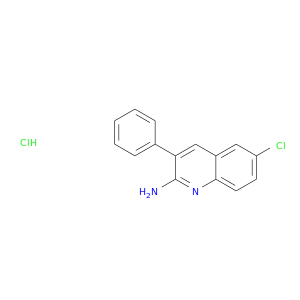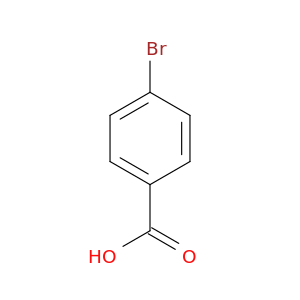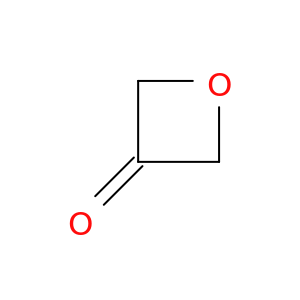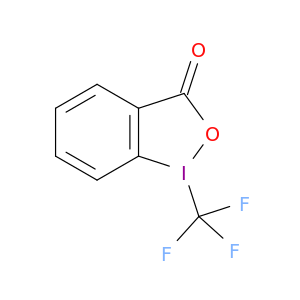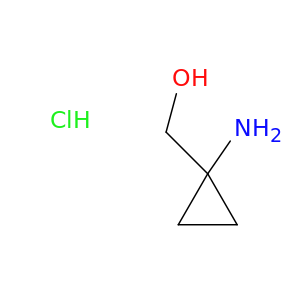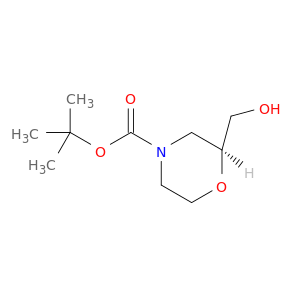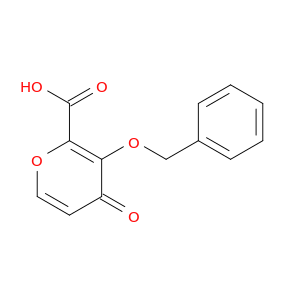200,000+ products from a single source!
sales@angenechem.com
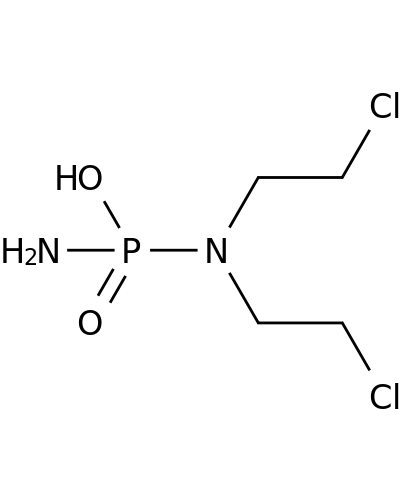
10159-53-2 | Phosphorodiamidic acid, N,N-bis(2-chloroethyl)-
CAS No: 10159-53-2 Catalog No: AG0004XJ MDL No:
Product Description
Catalog Number:
AG0004XJ
Chemical Name:
Phosphorodiamidic acid, N,N-bis(2-chloroethyl)-
CAS Number:
10159-53-2
Molecular Formula:
C4H11Cl2N2O2P
Molecular Weight:
221.0221
IUPAC Name:
amino-[bis(2-chloroethyl)amino]phosphinic acid
InChI:
InChI=1S/C4H11Cl2N2O2P/c5-1-3-8(4-2-6)11(7,9)10/h1-4H2,(H3,7,9,10)
InChI Key:
RJXQSIKBGKVNRT-UHFFFAOYSA-N
SMILES:
ClCCN(P(=O)(O)N)CCCl
Properties
Complexity:
151
Compound Is Canonicalized:
Yes
Covalently-Bonded Unit Count:
1
Defined Atom Stereocenter Count:
0
Defined Bond Stereocenter Count:
0
Exact Mass:
219.994g/mol
Formal Charge:
0
Heavy Atom Count:
11
Hydrogen Bond Acceptor Count:
4
Hydrogen Bond Donor Count:
2
Isotope Atom Count:
0
Molecular Weight:
221.018g/mol
Monoisotopic Mass:
219.994g/mol
Rotatable Bond Count:
5
Topological Polar Surface Area:
66.6A^2
Undefined Atom Stereocenter Count:
0
Undefined Bond Stereocenter Count:
0
XLogP3:
-0.4
Literature
| Title | Journal |
|---|---|
| Phosphoramide mustard induces autophagy markers and mTOR inhibition prevents follicle loss due to phosphoramide mustard exposure. | Reproductive toxicology (Elmsford, N.Y.) 20170101 |
| The ovarian DNA damage repair response is induced prior to phosphoramide mustard-induced follicle depletion, and ataxia telangiectasia mutated inhibition prevents PM-induced follicle depletion. | Toxicology and applied pharmacology 20160201 |
| Phosphoramide mustard exposure induces DNA adduct formation and the DNA damage repair response in rat ovarian granulosa cells. | Toxicology and applied pharmacology 20150201 |
| Ovarian xenobiotic biotransformation enzymes are altered during phosphoramide mustard-induced ovotoxicity. | Toxicological sciences : an official journal of the Society of Toxicology 20141001 |
| Anticancer system created by acrolein and hydroxyl radical generated in enzymatic oxidation of spermine and other biochemical reactions. | Medical hypotheses 20121001 |
| Detection of DNA damage in oocytes of small ovarian follicles following phosphoramide mustard exposures of cultured rodent ovaries in vitro. | Toxicology and applied pharmacology 20110601 |
| Phenylalanyl-aminocyclophosphamides as model prodrugs for proteolytic activation: synthesis, stability, and stereochemical requirements for enzymatic cleavage. | Bioorganic & medicinal chemistry letters 20070115 |
| Pharmacokinetics of N-2-chloroethylaziridine, a volatile cytotoxic metabolite of cyclophosphamide, in the rat. | Cancer chemotherapy and pharmacology 20061001 |
| Characterizing the ovotoxicity of cyclophosphamide metabolites on cultured mouse ovaries. | Toxicological sciences : an official journal of the Society of Toxicology 20060401 |
| Population pharmacokinetics of cyclophosphamide and its metabolites 4-hydroxycyclophosphamide, 2-dechloroethylcyclophosphamide, and phosphoramide mustard in a high-dose combination with Thiotepa and Carboplatin. | Therapeutic drug monitoring 20051201 |
| Mechanisms of resistance against cyclophosphamide and ifosfamide: can they be overcome without sacrificing selectivity? | Cancer treatment and research 20020101 |
| Effect of O6-benzylguanine on nitrogen mustard-induced toxicity, apoptosis, and mutagenicity in Chinese hamster ovary cells. | Molecular cancer therapeutics 20011101 |
| A mechanism-based pharmacokinetic model for the cytochrome P450 drug-drug interaction between cyclophosphamide and thioTEPA and the autoinduction of cyclophosphamide. | Journal of pharmacokinetics and pharmacodynamics 20010601 |
| Characterization of a human cell clone expressing cytochrome P450 for safe use in human somatic cell therapy. | Annals of the New York Academy of Sciences 19990630 |
| Injection of encapsulated cells producing an ifosfamide-activating cytochrome P450 for targeted chemotherapy to pancreatic tumors. | Annals of the New York Academy of Sciences 19990630 |
| Intratumoral injection of encapsulated cells producing an oxazaphosphorine activating cytochrome P450 for targeted chemotherapy. | Advances in experimental medicine and biology 19980101 |
| De novo expression of transfected human class 1 aldehyde dehydrogenase (ALDH) causes resistance to oxazaphosphorine anti-cancer alkylating agents in hamster V79 cell lines. Elevated class 1 ALDH activity is closely correlated with reduction in DNA interstrand cross-linking and lethality. | The Journal of biological chemistry 19960517 |
| Studies on the urotoxicity of oxazaphosphorine cytostatics and its prevention--I. Experimental studies on the urotoxicity of alkylating compounds. | European journal of cancer 19810601 |
Related Products
Featured Products
© 2019 Angene International Limited. All rights Reserved.


